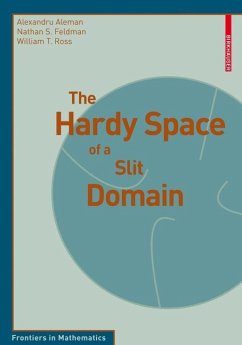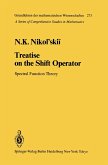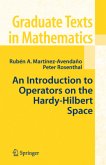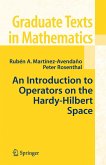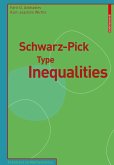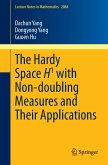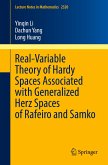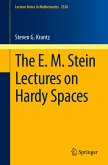If H is a Hilbert space and T : H ? H is a continous linear operator, a natural question to ask is: What are the closed subspaces M of H for which T M ? M? Of course the famous invariant subspace problem asks whether or not T has any non-trivial invariant subspaces. This monograph is part of a long line of study of the invariant subspaces of the operator T = M (multiplication by the independent variable z, i. e. , M f = zf )on a z z Hilbert space of analytic functions on a bounded domain G in C. The characterization of these M -invariant subspaces is particularly interesting since it entails both the properties z of the functions inside the domain G, their zero sets for example, as well as the behavior of the functions near the boundary of G. The operator M is not only interesting in its z own right but often serves as a model operator for certain classes of linear operators. By this we mean that given an operator T on H with certain properties (certain subnormal operators or two-isometric operators with the right spectral properties, etc. ), there is a Hilbert space of analytic functions on a domain G for which T is unitarity equivalent to M .
From the reviews:
"This memoir is concerned with the description of the shift-invariant subspaces of a Hardy space on a slit domain ... . this brief monograph represents an interesting and valuable contribution to the literature on the subject of shift-invariant subspaces. It should be helpful for researchers and advanced graduate students specializing in the field." (Dragan Vukotic, Mathematical Reviews, Issue 2011 m)
"This memoir is concerned with the description of the shift-invariant subspaces of a Hardy space on a slit domain ... . this brief monograph represents an interesting and valuable contribution to the literature on the subject of shift-invariant subspaces. It should be helpful for researchers and advanced graduate students specializing in the field." (Dragan Vukotic, Mathematical Reviews, Issue 2011 m)

